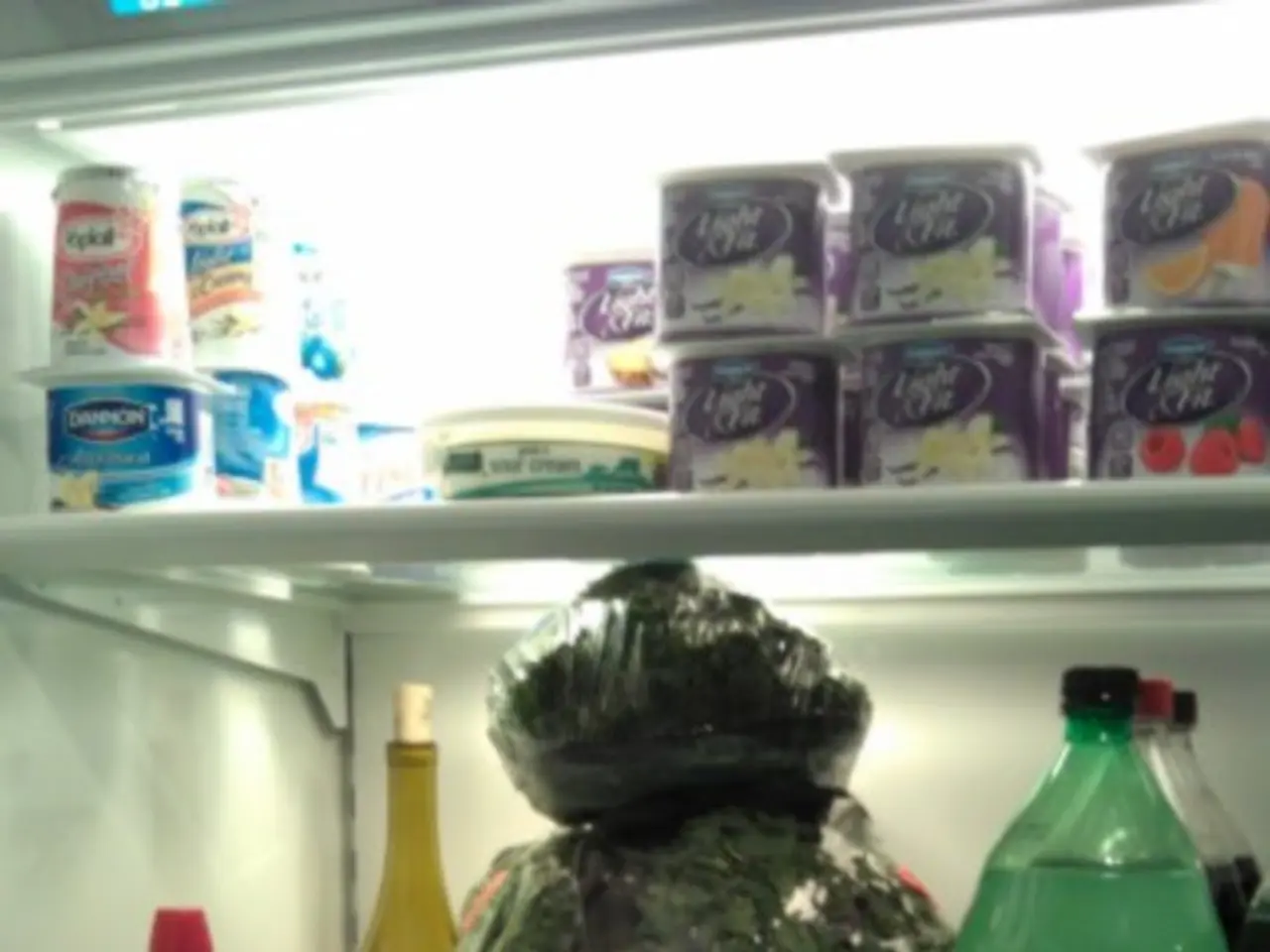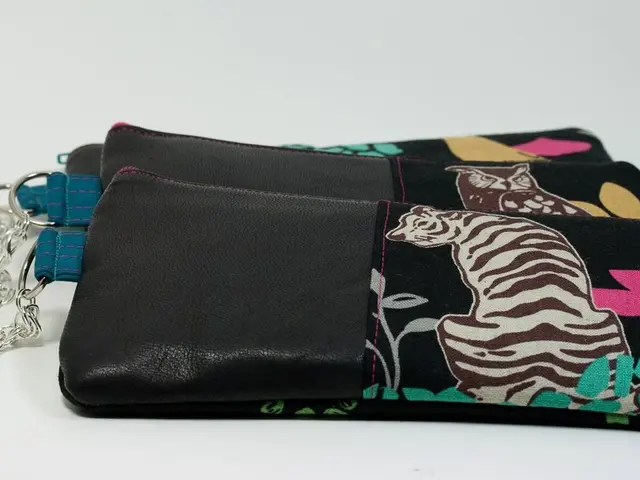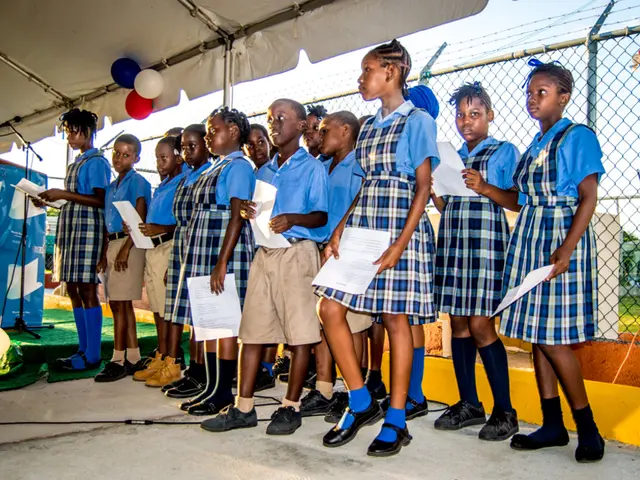Storing Unique Plant Species for the Year 2125
In a joint effort to protect and preserve the rich diversity of heirloom seeds, cryopreservation and traditional conservation methods are collaborating to ensure the long-term viability of these precious genetic resources.
Cryopreservation, a technique that freezes seeds or seed tissues at ultra-low temperatures, offers a crucial solution for preserving sensitive seeds that are prone to degradation during conventional storage methods. By halting metabolic activity, cryopreservation allows for long-term, viable storage of seeds, thus safeguarding genetic material that would otherwise perish in traditional seed banks.
On the other hand, traditional conservation methods focus on in-situ conservation, which protects plants in their natural habitats, and ex-situ seed banking, where seeds are dried and stored at low but above-freezing temperatures for medium- to long-term conservation. These methods preserve a broad spectrum of plant diversity and are essential for seed regeneration and distribution.
The collaboration between cryopreservation and traditional conservation methods is vital for maintaining the genetic integrity of heirloom seeds. Cryopreservation complements traditional seed banks by ensuring the preservation of seeds or pollen that are recalcitrant, or unable to withstand drying and normal freezing, thus broadening the range of genetic diversity that can be safeguarded.
Traditional seed banks provide a first line of conservation and access for propagation, while cryopreservation acts as a backup to prevent loss from environmental threats, disease, or seed aging. This synergy allows for redundancy and resilience in germplasm conservation, enabling future germination and breeding programs.
When seeds or tissues are thawed after cryopreservation, they undergo washing, viability testing, and regeneration under controlled conditions, ensuring that viable material can be restored to active cultivation.
By embracing these techniques, individuals become part of a global movement, ensuring that the legacy of ancient seeds endures, connecting past, present, and future in a remarkable way. However, it's important to note that not all seeds can be cryopreserved, and some seeds, especially recalcitrant ones, require alternative methods.
Training in seed biology, genetic diversity, and effective seed bank management, as well as hands-on experience with laboratory procedures and understanding of quality control, is essential for those interested in becoming seed conservation specialists. Preservation costs for long-term seed cryopreservation include expenses for specialized freezers, energy, and maintenance.
Access to a vast seed bank allows for the reintroduction of lost or rare seeds into farms, promoting resilient crops. Cryopreserved seeds help preserve genetic diversity and guarantee seed sovereignty by protecting heirloom varieties from extinction. Your efforts today might help someone thousands of years from now enjoy the same rich flavors and biodiversity you cherish.
Staying updated on emerging technologies and legal regulations is essential for effectively protecting and preserving heirloom seeds for future generations. International treaties and patent laws influence seed cryopreservation efforts worldwide, dictating access and sharing. Safeguarding genetic diversity through cryopreservation isn't just about technology-it's about hope and resilience for future generations.
- In the realm of workplace wellness and health-and-wellness, prioritizing fitness-and-exercise and environmental-science can lead to a more sustainable lifestyle, contributing to personal growth and career development.
- As keen learners, investing time in education-and-self-development, focusing on subjects such as nutrition, cooking global-cuisines, and skills-training can boost job-search prospects in the modern workplace.
- Aiming for a balanced diet and finest recipes, one can establish a whole new career in the food-and-drink industry, potentially extending to sports-betting or sports media, discussing trends in basketball, NCAA basketball, or other popular sports.
- Alongside the scientific advancements in climate-change research, preserving heirloom seeds through cryopreservation and traditional conservation methods fosters a healthy environment, cultivating various benefits for planet earth’s ecosystems.
- In the spirit of personal and professional growth, those seeking to advance their career development may also play a crucial role in preserving heirloom seeds, as it links to global issues such as supporting small farmers, promoting food sovereignty, and protecting genetic diversity.
- Pioneering the next frontier of scientific exploration, partnerships in environmental-science and education-and-self-development could unlock brighter prospects for climate-change research, conservation initiatives, and job opportunities.
- In the realm of environmental-science, the study of heirloom seeds is not just a pursuit of science-it's a testament to mankind's ability to connect with past, present, and future generations through food and seed preservation.
- By leveraging cryopreservation, researchers in environmental-science can safeguard a myriad of genetic resources, ensuring the long-term viability of food crops and protecting the planet from potential climate-change impacts.
- Mastery in seed biology and cryopreservation techniques may lead to a rewarding career in environmental-science or education, where individuals can educate others about the vital role these methods play in protecting valuable seeds and sustaining life on earth.
- With advanced knowledge in seed bank management and cryopreservation, one can become a beacon of hope for future generations, preserving irreplaceable genetic resources while deeply understanding the interconnections between food, climate change, and personal growth.






